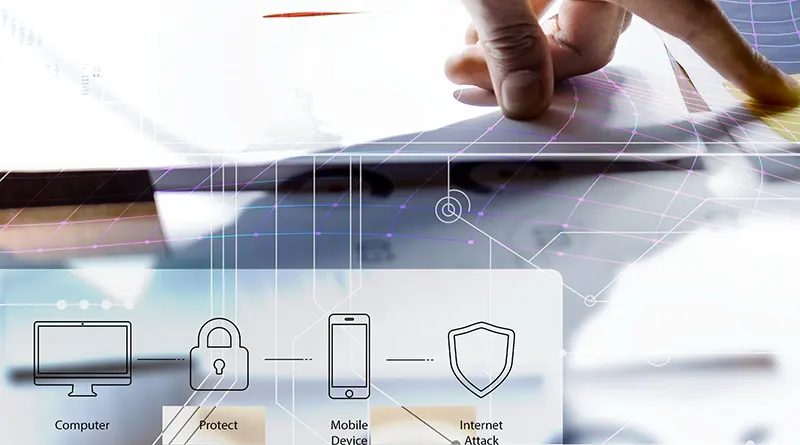
Running a finance business means dealing with super sensitive stuff – client data, money, you name it! One wrong click, and yikes…that data could end up in the wrong hands. Data breaches cost finance companies a fortune. And in the UK, those rules like GDPR? You gotta understand them! That’s where the 6 phases of cybersecurity come in. It might sound complicated, but we’ll break it down.
Phase 1: Preparation

Think of this as your cybersecurity battle plan. Before anything goes wrong, it’s time to:
- Risk assessment: Figuring out where you’re vulnerable…it’s the not-so-fun part, but gotta do it! What’s the most important data your business has? Where could things go wrong?
- Rules, rules, rules: Yeah, paperwork isn’t exciting, but super important. Passwords, downloads, all those rules gotta be written down.
- Train your team: They’re your first line of defense, right? Make sure everyone knows how to spot a scam.
Finance Focus: Do you handle client investments? Make sure you have EXTRA strong protocols for those high-value accounts.
Phase 2: Identification

Spotting trouble early can save the day. Here’s what to watch out for:
- Weird emails, right? Always a red flag. Teach staff to be super suspicious about links and attachments, especially ones about money.
- System slowdowns: Could be a sign of bad software lurking in the background.
- Monitor those logs: Boring, but important! Check security logs regularly for unusual activity.
Finance Focus: Phishing scams often target accounts payable. Train your team to double-check every invoice!
Phase 3: Containment

Uh oh, something’s up. Now it’s all about stopping it from getting worse:
- Isolate infected systems: Disconnect that computer or server ASAP!
- Alert the right people: Follow your incident response plan – who needs to know?
- Don’t touch!: Okay, unless you really know what you’re doing…preserve evidence for forensics if needed.
Phase 4: Eradication

Time to clean house and get rid of the threat for good:
- Bring in the pros: Might be time for an incident response team to handle the malware removal.
- System reset: Sometimes a full wipe and restore is the only way to be sure.
Phase 5: Recovery

Get back on your feet, with an eye on preventing the same thing from happening again:
- Restore from backups: Make sure those backups are recent and actually work!
- Notify clients: Transparency builds trust, especially if their data was involved.
- Update those defenses: Patch those systems, address the issues that let the bad guys in.
Phase 6: Lessons Learned

The best cybersecurity is always evolving. After any incident:
- Documentation is key: Write down what happened, how you fixed it, and how to prevent it next time.
- Review those policies: Did everything work as it should? Time for updates?
Conclusion
Phew, looks complicated, right? Cybersecurity doesn’t have to be a nightmare. The right plan, a vigilant team, and knowing when to call in the experts (like us!) makes all the difference. Need help getting protected? Premier IT Solutions has your back.
